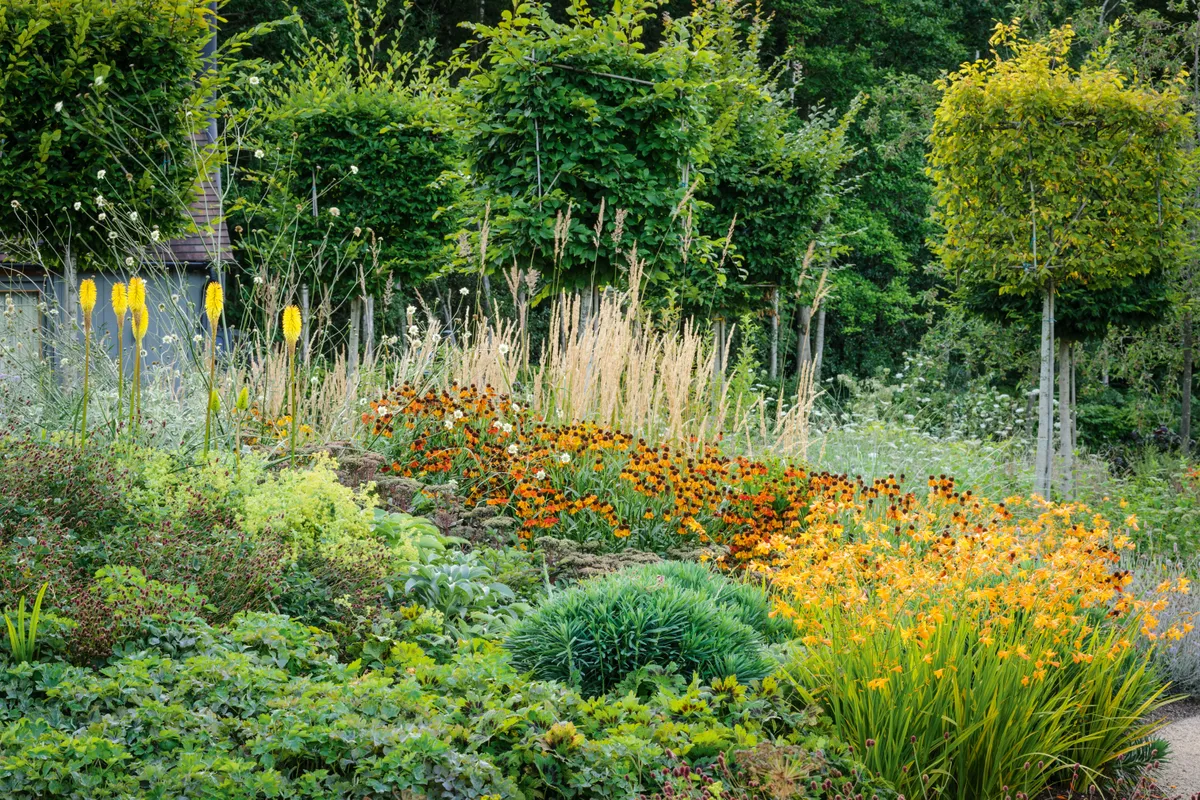A layered border not only looks beautiful but will become its own mini-ecosystem, providing support and nourishment for itself and the creatures that come to live in it. Here are Marian Boswell's tips on what to plant in a mixed border in your garden.
How to create a mixed border
Plant a tree
If you have space, plant one tree for every six square metres. If you have plenty of room, choose trees that allow lots of light through their canopies.
Start with ground-cover
Start with a variety of ground-cover plants that are suitable for your soil, bearing in mind the amount of sun and rain available, and plant them to cover roughly 50 per cent of the ground.
Add shrubs to your planting plan
Add one shrub for every two square metres of space, mixing evergreens and flowering and your favourite fruiting shrubs to attract pollinators and feed animals and maybe yourself.

Use perennials and grasses
Add in one or two mixes of perennials, ideally with three perennials and one grass in each mix, to flower in succession throughout the season. Choose a variety of heights and flower shapes, from umbrella-shaped to spires and round daisies, to aid pollination as well as to look beautiful in your border.
Plant annuals in the gaps
If you have gaps in the garden while the shrubs fill out, add in annuals for a splash of instant colour, to feed the bees and to protect the soil. They will seed where they are happy and create a dynamic feel to the planting as it changes. Where there is any space remaining, cover with a mulch of garden compost or fine composted bark.
Water!
Water your plants in and keep their roots moist for the first three months after planting, until their roots are established (stick your finger deep into the soil to check for moisture before getting out the watering can). After that, they should only need water in
the event of a severe drought.
This is an edited extract from the new book Sustainable Garden: Projects, insights and Advice for the Eco-conscious Gardener by Marian Boswall, with photographs by Jason Ingram (published by Frances Lincoln, £18).




